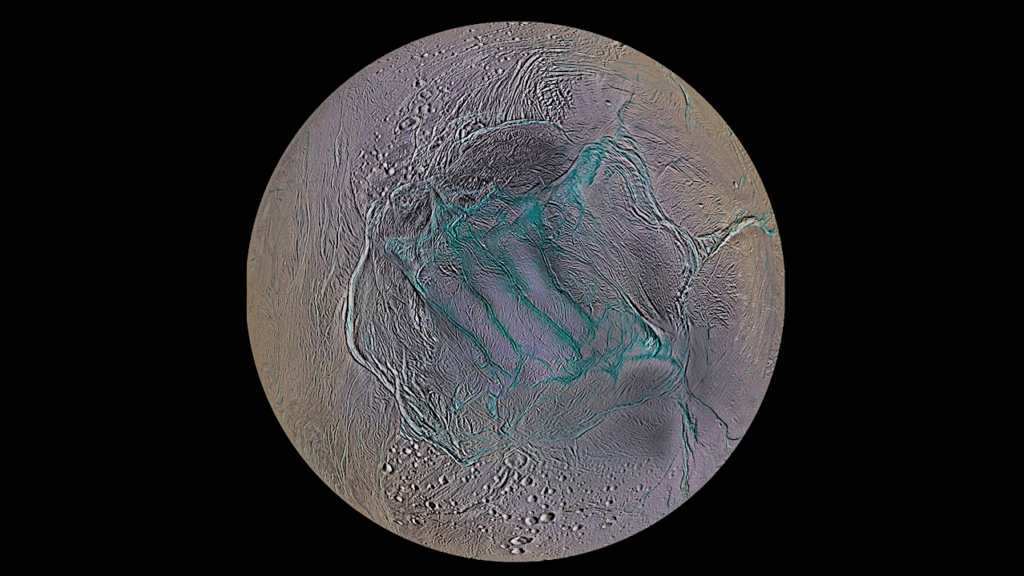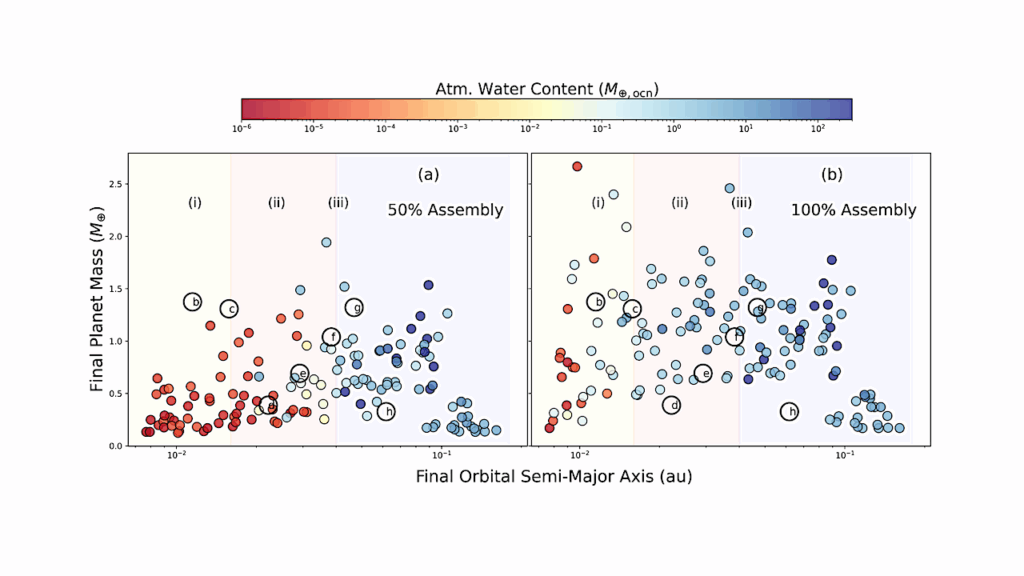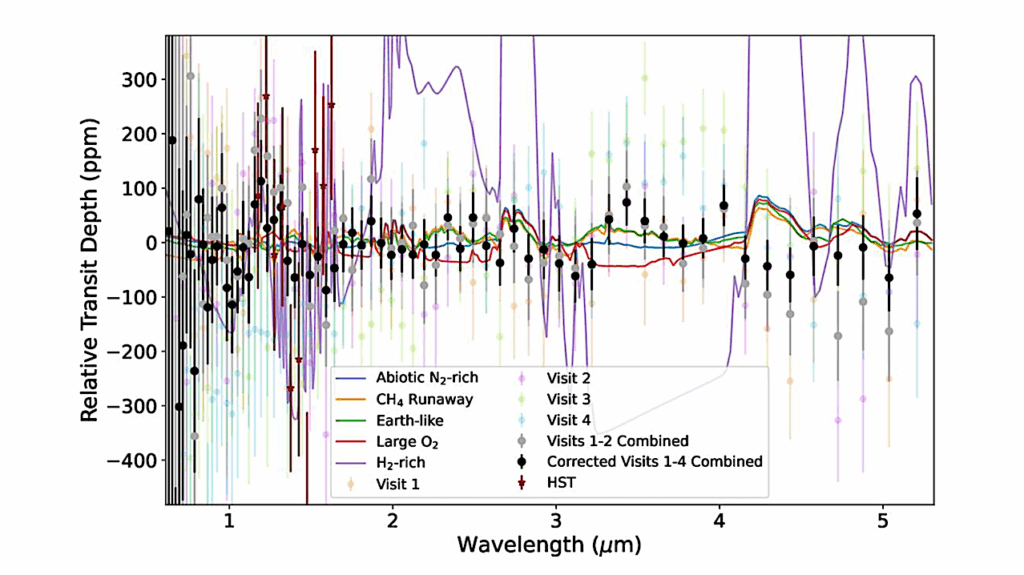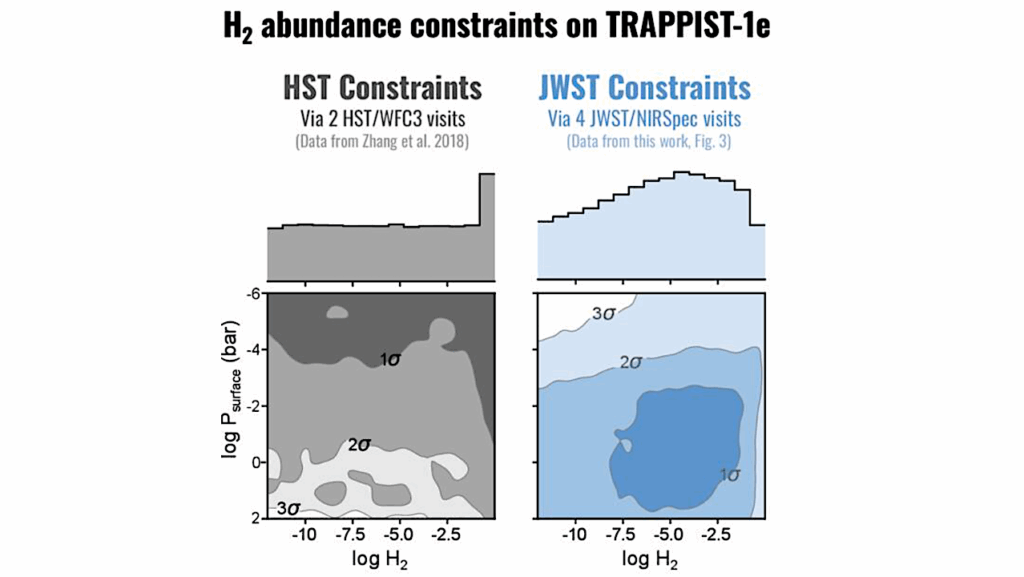Predicting the Extreme Ultraviolet Radiation Environment of Exoplanets Around Low-Mass Stars: GJ 832, GJ 176, GJ 436

Correct estimates of stellar extreme ultraviolet (EUV; 100 – 1170 Å) flux are important for studying the photochemistry and stability of exoplanet atmospheres, as EUV radiation ionizes hydrogen and contributes to the heating, expansion, and potential escape of a planet’s upper atmosphere.
Contamination from interstellar hydrogen makes observing EUV emission from M stars particularly difficult, and impossible past 100 pc, and necessitates other means to predict the flux in this wavelength regime. We present EUV — infrared (100 Å- 5.5 μm) synthetic spectra computed with the PHOENIX atmospheric code of three early M dwarf planet hosts: GJ 832 (M1.5 V), GJ 176 (M2.5 V), and GJ 436 (M3.5 V). These one-dimensional semiempirical nonlocal thermodynamic equilibrium models include simple temperature prescriptions for the stellar chromosphere and transition region, from where ultraviolet (UV; 100 – 3008 Å) fluxes originate.
We guide our models with Hubble Space Telescope far- and near-UV spectra and discuss the ability to constrain these models using Galaxy Evolution Explorer UV photometry. Our models closely reproduce the observations and predict the unobservable EUV spectrum at a wavelength resolution of < 0.1 Å. The temperature profiles that best reproduce the observations for all three stars are described by nearly the same set of parameters, suggesting that early M type stars may have similar thermal structures in their upper atmospheres.
With an impending UV observation gap and the scarcity of observed EUV spectra for stars less luminous and more distant than the Sun, upper-atmosphere models such as these are important for providing realistic spectra across short wavelengths and for advancing our understanding of the effects of radiation on planets orbiting M stars.
Sarah Peacock, Travis Barman, Evgenya Shkolnik, Peter Hauschildt, E. Baron, Birgit Fuhrmeister
(Submitted on 17 Oct 2019)
Comments: 21 pages, 12 figures, accepted to ApJ
Subjects: Solar and Stellar Astrophysics (astro-ph.SR); Earth and Planetary Astrophysics (astro-ph.EP)
Cite as: arXiv:1910.08053 [astro-ph.SR] (or arXiv:1910.08053v1 [astro-ph.SR] for this version)
Submission history
From: Sarah Peacock
[v1] Thu, 17 Oct 2019 17:32:21 UTC (2,925 KB)
https://arxiv.org/abs/1910.08053
Astrobiology








